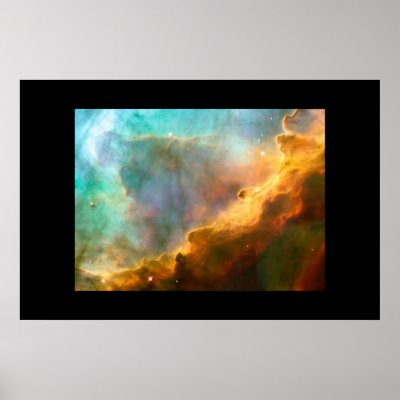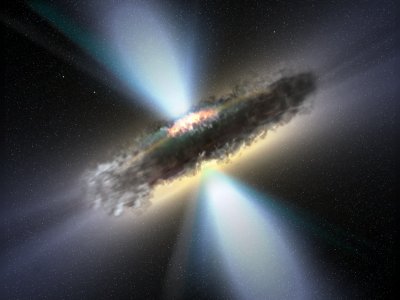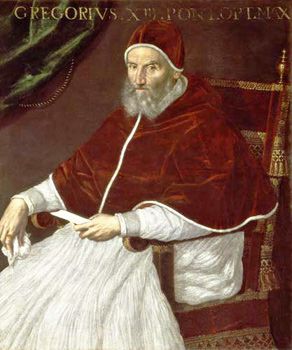In the book
Papa Please Get The Moon For Me, All of the Phases of the moon are shown. However, the times of the moon is not shown right because every phase is shown in the middle of the night. The Only moon that is not shown in this book is the New Moon.
- Waxing crescent: rise at 9 am, set at 9 pm-Wrong
- Waxing half: rise at noon, set at midnight-right
- Waxing gibbous: rise at 3 pm, set at 3 am-Right
- Full moon: rise at 6 pm, set at 6 am-Right
- Waning gibbous: rise at 9 pm, set at 9 am-Right
- Waning half: rise at midnight, set at noon-Wrong
- Waning gibbous: rise at 3 am, set at 3 pm-Wrong
(If the video does not register on this blog, you can access it on youtube under "Papa Please Get The Moon For Me.) http://www.youtube.com/watch?v=w3Hvzh2BTxE
a) if you are trying to defeat night burglars, what part(s) of the lunar cycle will cause you the most trouble?
>>A New moon will cause you the most trouble, because it would be the darkest and you wouldn't be able to see anything.
b) if someone gets a ticket during a full moon at 10 pm, can they use the defence that the moon got in their eyes because it was rising before them?
>>Yes they could because the full moon rises at 6p.m. and therefore it would be at eye level at about 10 pm
c) what does the pseudoscience statement, "the crazies come out during a full moon" have wrong with it?
>>Sceince proves that everything is more active with a full moon, so the crazies aren't the only thing that come out.
d) when are the best times of the lunar cycle to stargaze?
>>During the new moon, would be the best time to stargaze because the moon isn't blocking out any stars and most of them can be seen.
e) do illustrators, in general, understand the cycle of the moon? Explain your reasoning.
>>No, They do not understand at what times of the night the moon comes out. And they don't know which sides to always shade in.













